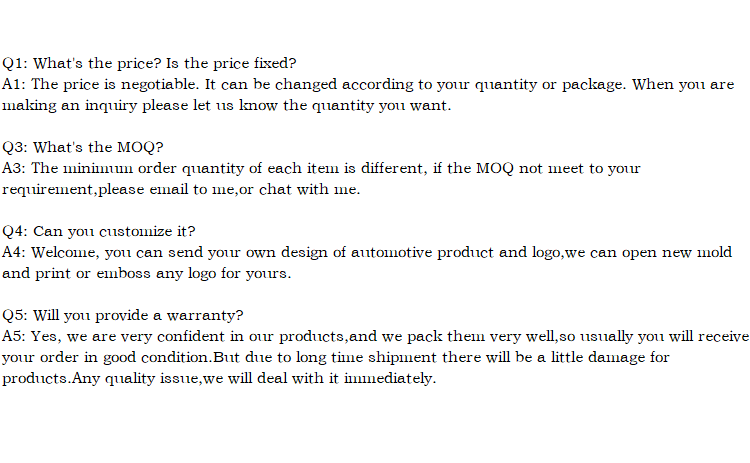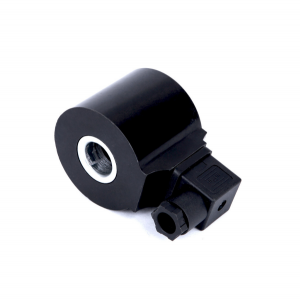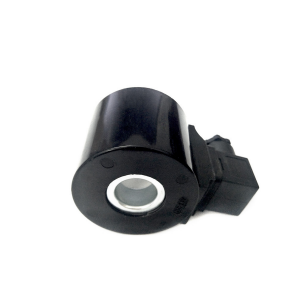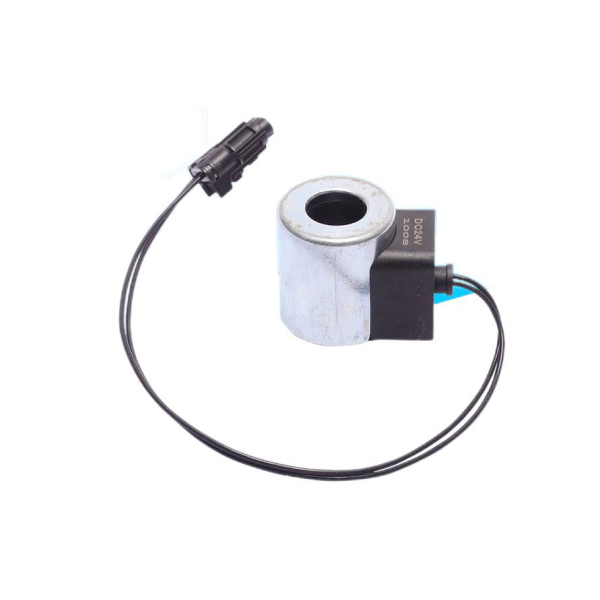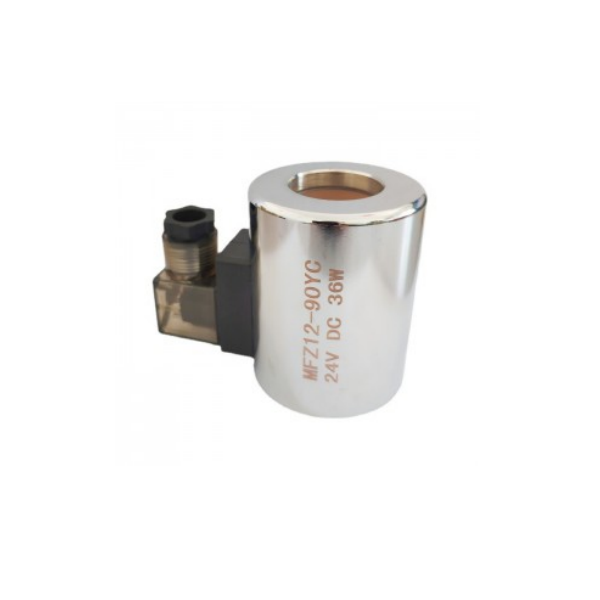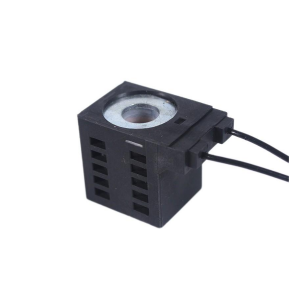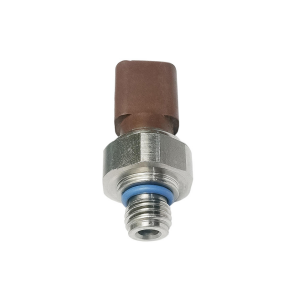Solenoid valve waterproof coil hole 20MM height 56MM AC380
Details
Applicable Industries: Building Material Shops, Machinery Repair Shops, Manufacturing Plant, Farms, Retail, Construction works , Advertising Company
Product name: Solenoid valve coil
Normal Voltage: AC220V AC110V DC24V DC12V
Insulation Class: H
Connection Type: D2N43650A
Other special voltage: Customizable
Other special power: Customizable
Supply Ability
Selling Units: Single item
Single package size: 7X4X5 cm
Single gross weight: 0.300 kg
Product introduction
Solenoid valve is an industrial equipment controlled by electromagnetism. It is an automatic basic element used to control fluid, belonging to actuators, but not limited to hydraulic and pneumatic. Solenoid valves are generally used in industrial control systems to adjust the direction, flow, speed and other parameters of media. The solenoid valve can cooperate with different circuits to achieve the expected control, and the control accuracy and flexibility can be guaranteed. There are many kinds of solenoid valves, and different kinds of solenoid valves play a role in different positions of the control system, such as one-way valves, safety valves, directional control valves and speed control valves.
The structure of solenoid valve is composed of electromagnetic coil and magnetism, and it is a valve body with one or more holes. When the coil is energized or de-energized, the operation of the magnetic core will cause the fluid to pass through the valve body or be cut off, so as to change the direction of the fluid. The burning of solenoid valve coil will cause solenoid valve failure, and the failure of solenoid valve will directly affect the action of switching valve and regulating valve. What are the reasons for the burning of the solenoid valve coil? One of the reasons is that when the coil is wet, magnetic leakage occurs due to its poor insulation, resulting in excessive current in the coil and burning. Therefore, attention should be paid to preventing rain from entering the solenoid valve. In addition, the spring is too hard, resulting in excessive reaction force, too few coil turns and insufficient suction, which will also cause the solenoid valve coil to burn.
Company details







Company advantage
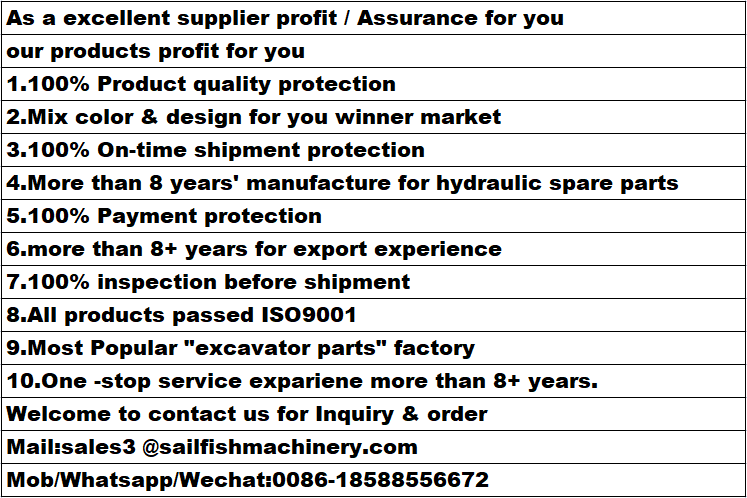
Transportation

FAQ
